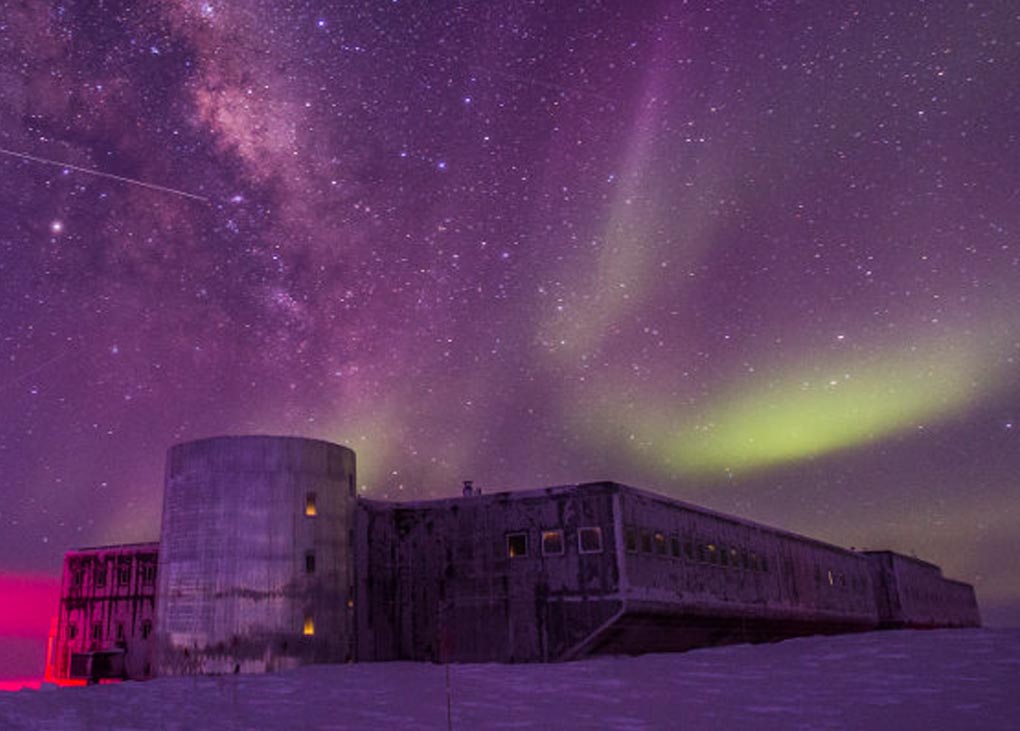A new study has found increased emissions of chlorofluorocarbons (CFCs), despite their production being banned under the Montreal Protocol. The researchers say the most likely cause is a “loophole” that allows the creation of CFCs during the production of other chemicals, including common synthetic refrigerants.
The research, published in Nature Geoscience and led by the University of Bristol and National Oceanic and Atmospheric Administration (NOAA), used measurements combined with an atmospheric transport model to show how atmospheric abundances and emissions of five CFCs increased between 2010 and 2020, contrary to the goals of the phase-out.
Modest rises, real concern
According to the study, emissions of CFC-112a, CFC-13, CFC-113a, CFC-114a and CFC-115 all increased over the period. Although the quantities are not yet expected to threaten ozone recovery, researchers say that ongoing emissions may negate some of the benefits gained under the Montreal Protocol if they continue to rise.
“We’re paying attention to these emissions now because of the success of the Montreal Protocol,” says Dr Luke Western, a Research Fellow at the University of Bristol and researcher at the NOAA’s Global Monitoring Laboratory (GML). “CFC emissions from more widespread uses that are now banned have dropped to such low levels that emissions of CFCs from previously minor sources are more on our radar and under scrutiny.”
As well as affecting the ozone layer, the CFCs have a high global warming potential (GWP) and have atmospheric lifetimes ranging from 52–640 years.
“All CFCs are potent greenhouse gases that survive for a long time in the atmosphere,” says Dr Western. “This means that the impact on climate of releasing 1kg of a CFC can be equivalent to releasing several tonnes of CO2.
“Combined, the emissions of the five CFCs discussed in the paper in 2020 is roughly equivalent to Switzerland’s total CO2 emissions. That’s equivalent to about 1 per cent of the total greenhouse gas emissions in the United States.”
Alternative sources
Although the production of CFC refrigerants are now banned under the Montreal Protocol, the treaty did not eliminate the creation of CFCs during production of other chemicals, including new-generation refrigerants such as hydrofluorocarbons (HFC) and hydrofluoroolefins (HFOs).
In recent years, other studies have detected rises in emissions of CFC-11, thought to be due to unreported production. CFC-11 has a wide range of uses, but the five CFCs in the new study are more specialised, making it easier to determine the possible sources.
“Three of these CFCs are known to be produced for or during HFC production,” says Dr Western. “The quantities emitted are not unreasonable when considering estimates of HFC production and the possibility of reasonably high leakage rates during production.”
The study notes that CFC-113a, CFC-114a and CFC-115 are known feedstocks, intermediates or by-products in the production of other chemicals. The most notable target chemicals are the two most common HFCs – R134a and R125 (one of the components of R410A) – whose production has rapidly increased since 2010.
Although those particular refrigerants are now being phased down under the Kigali Amendment, Dr Western says that this may not stop the unexpected rises in CFCs.
“With the Kigali Amendment we would hope that emissions of some of these CFCs would decrease,” he says. “Even so, production of R125 is still expected to increase over the next 10 years. CFC-113a is also a feedstock for many other chemicals (including an HFO), which may mean that emissions could continue long into the future. On top of this, the source is unknown for CFC-13 and CFC-112a, and so we do not whether a reduction in HFC production will impact these emissions.
“Our work hopes to draw attention to the problem so that those with a better knowledge of the industry and processes can paint a more in-depth picture of what may be the cause of these increasing emissions.
“The key takeaway is that the production process for some of the CFC-replacement chemicals may not be entirely ozone-friendly, even if the replacement chemicals themselves are.”
The international study was conducted by a team of scientists from the UK, US, Switzerland, Australia, and Germany.
The study is available at Nature Geoscience.
Image shows the South Pole Observatory (SPO), one of the 14 sites around the world where measurements were taken for the study.
 Mark Vender
Mark Vender


Leave a Reply